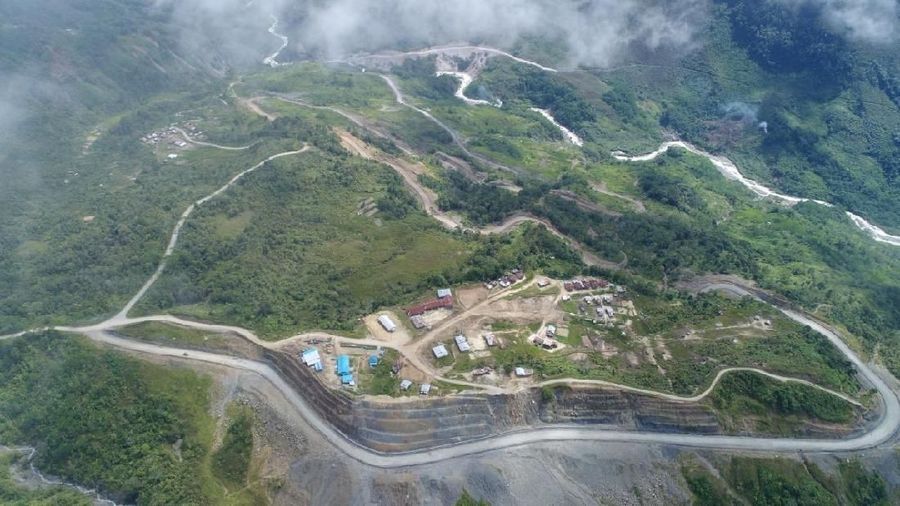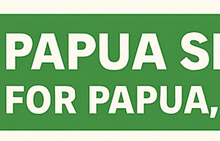Amid Papua’s rugged landscape — dense forests, towering mountains, and deep remote valleys — a monumental infrastructure project is quietly transforming lives: Trans Papua. More than just a road, it is a bridge of hope connecting communities, accelerating development, and breaking the isolation that has long hindered Papua’s progress.
Trans Papua in Numbers
Total Length: ± 3,462 km
- Number of Main Sections: 12
- Coverage Areas: Provinces of Papua and West Papua (now expanded to include new provinces such as Central Papua, Highland Papua, South Papua, etc.)
- Progress as of 2024:
- Roads opened: ± 3,446 km
- Paved roads: ± 1,733 km
- Bridges constructed: Hundreds
The project is being implemented by the Ministry of Public Works and Public Housing (PUPR) with support from the Indonesian National Armed Forces (TNI), due to the region’s extreme terrain and security challenges in certain areas.
Real Impacts on the Papuan People
1. Ending Isolation and Improving Access
Many interior regions of Papua were once reachable only by small aircraft or days of walking. With road access, travel time has been significantly reduced and transportation costs lowered. For example:
- Previously, logistics to Wamena could only be flown in at great expense.
- Now, supplies can be trucked from Jayapura or Nabire overland.
2. Reducing the Cost of Basic Goods
Before road access, basic commodities were outrageously expensive. For instance:
- Cement in Wamena used to cost up to IDR 1 million per sack.
- Fuel could reach IDR 50,000 per liter.
With land transport now available, prices have begun to drop as distribution becomes cheaper and more efficient.
3. Improving Basic Services (Health and Education)
Health workers and teachers can now reach formerly inaccessible areas. Deliveries of medicine, medical equipment, and school supplies are faster. Ambulances can access villages, and educational logistics can be more evenly distributed.
4. Boosting Local Economies
- Local products such as coffee, crops, and handicrafts can now reach broader markets.
- MSMEs (micro, small, and medium enterprises) are growing thanks to improved transportation and market access.
5. Strengthening National Integration
Trans Papua does not only connect towns and villages — it affirms the state’s presence in remote regions, strengthening national unity and the trust of Papuans in their government. It sends a strong message: the state is here, all the way to the frontiers.
Challenges and Considerations
Despite its benefits, Trans Papua faces several challenges:
- Security Risks: Some areas are prone to armed group disturbances.
- Extreme Terrain: Landslides, steep cliffs, and harsh weather pose technical obstacles.
- Community Involvement Needed: Long-term sustainability depends on involving local communities in road maintenance and management.
Trans Papua is a clear example of how infrastructure builds civilization. Beneath the asphalt lies hope — for progress, equity, and a brighter future for the people of Papua.
With greater access and mobility, young Papuans now have better opportunities to pursue education, grow local businesses, and contribute to national development.
Trans Papua is not merely a road — it is a pathway to Papua’s future.









